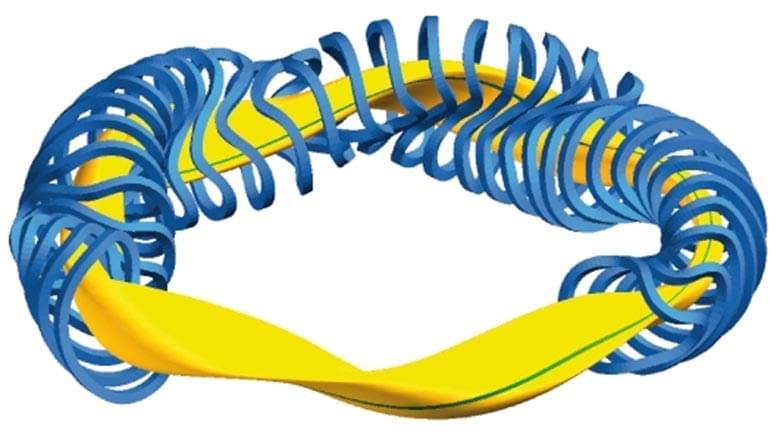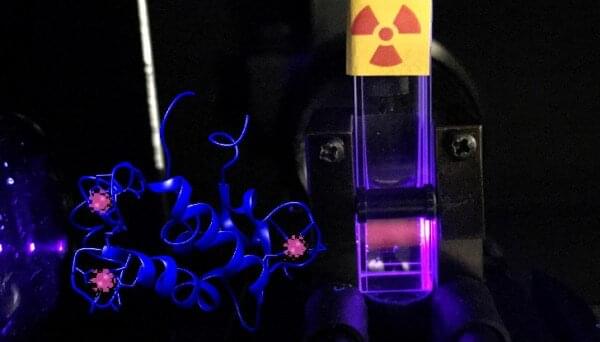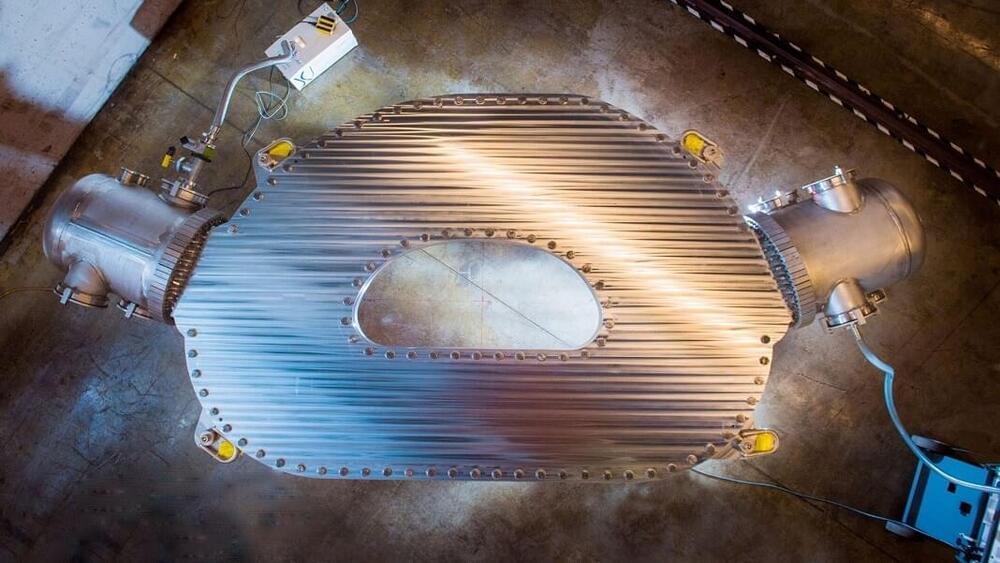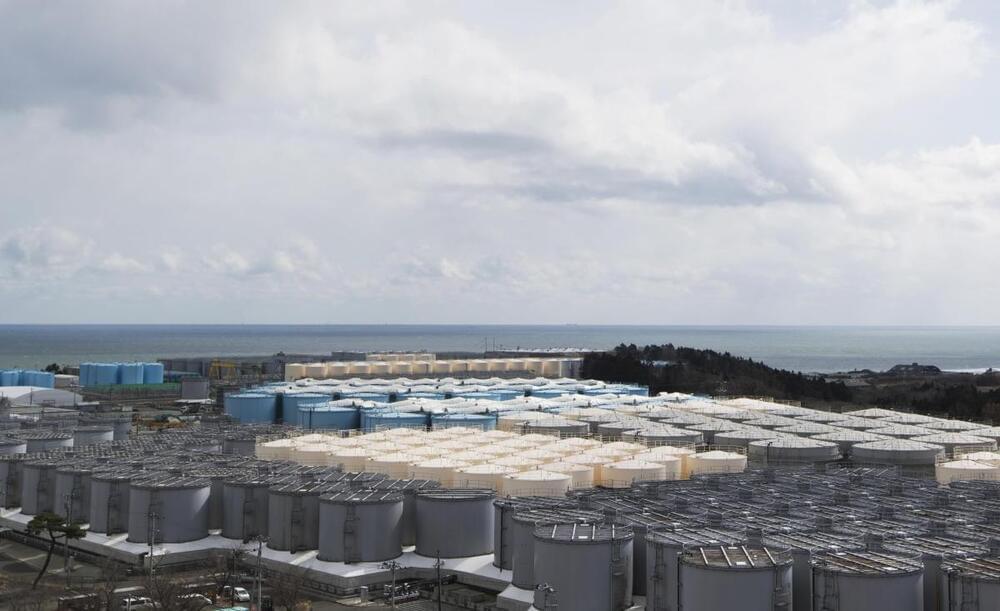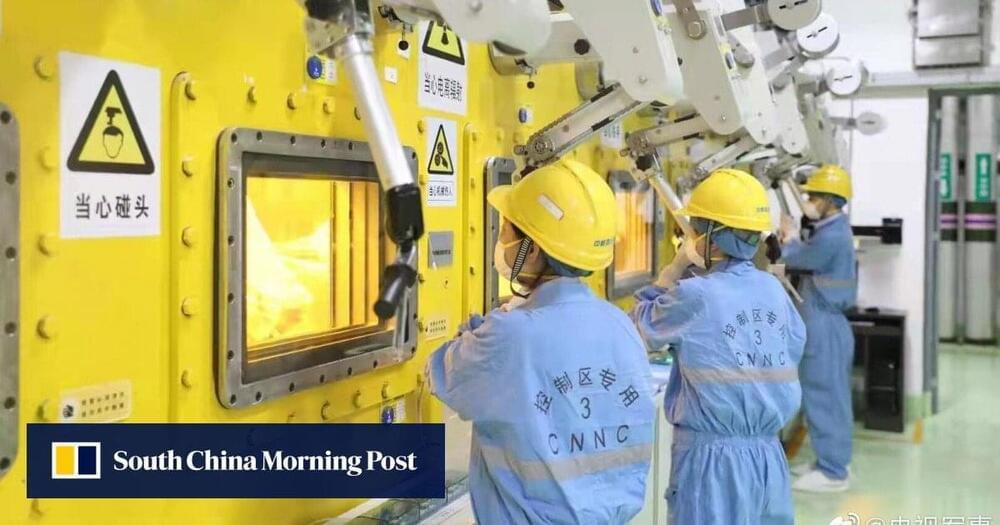Sep 30, 2021
Gates’ Startup Replaces Coal Plant With New Kind of Nuclear Reactor
Posted by Quinn Sena in categories: climatology, nuclear energy
Editor’s note, 6/28/21, 3:35 PM: The article was updated to clarify that Natrium features a sodium‐cooled fast reactor and not a type of molten salt reactor, as previously reported.
A nuclear power startup founded by Bill Gates has announced plans to build a new kind of nuclear reactor at a retiring coal plant in Wyoming.
This reactor will be the first real-world demonstration of the startup’s technology, which could help power the world — without warming the climate.

